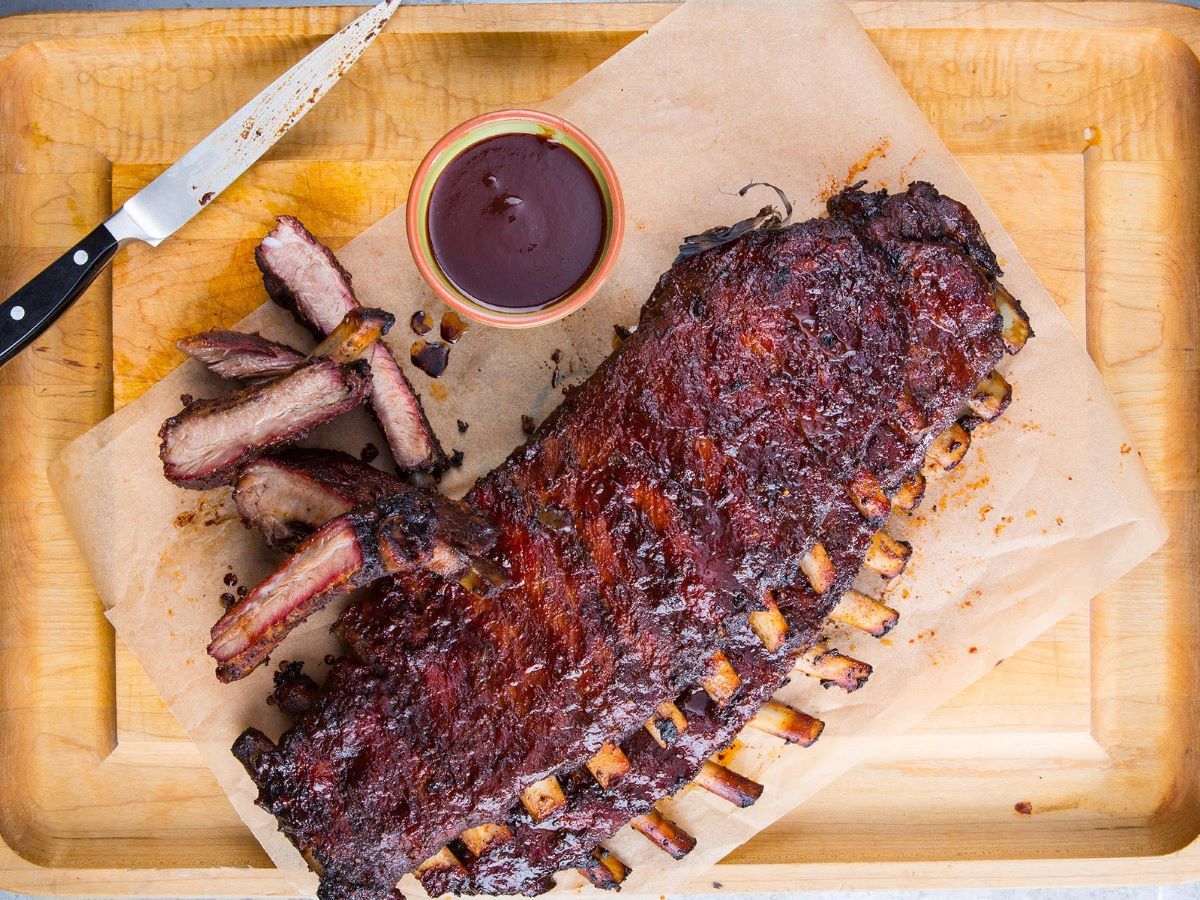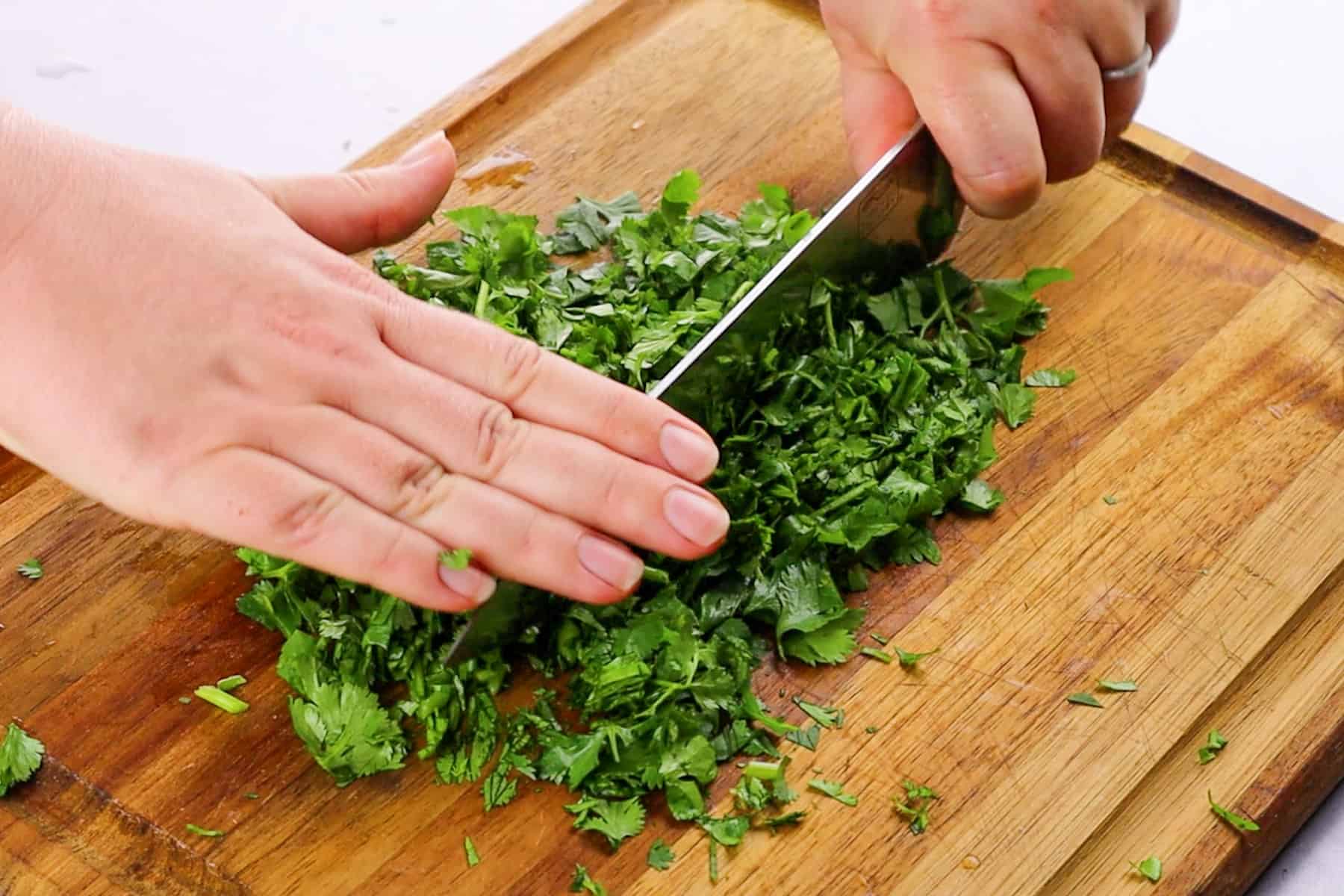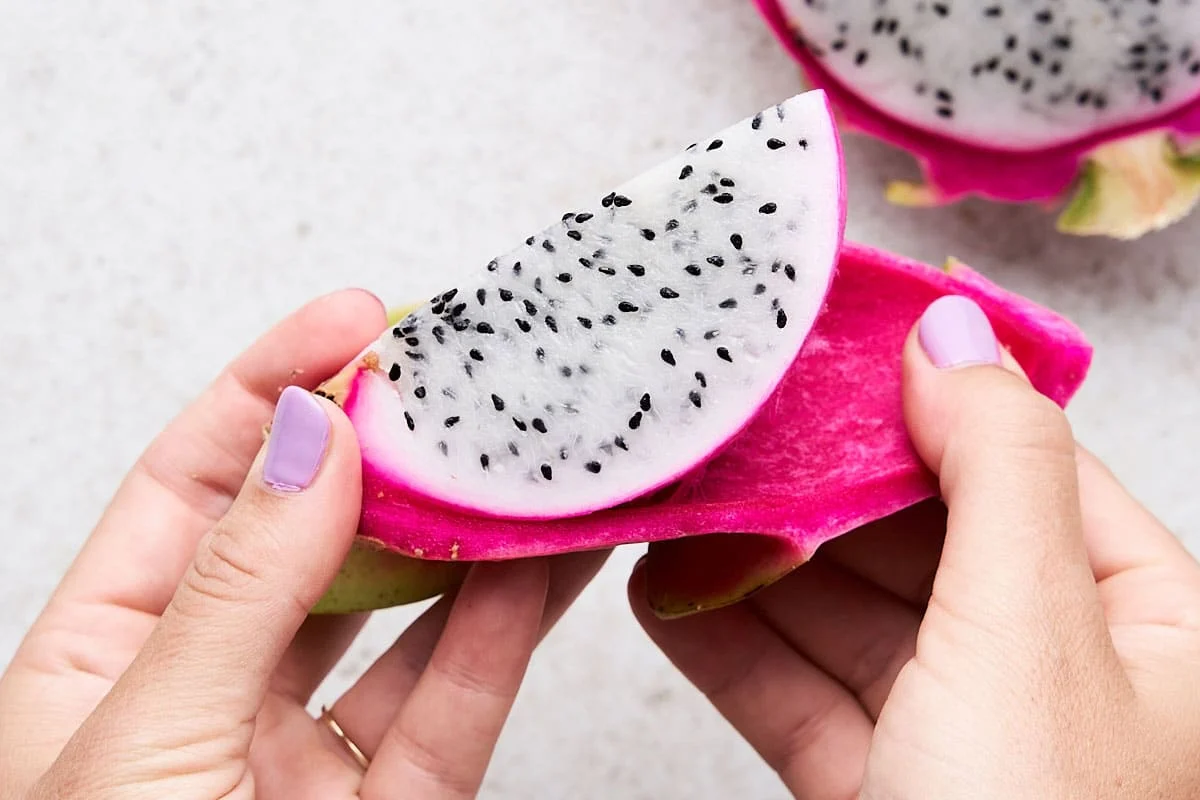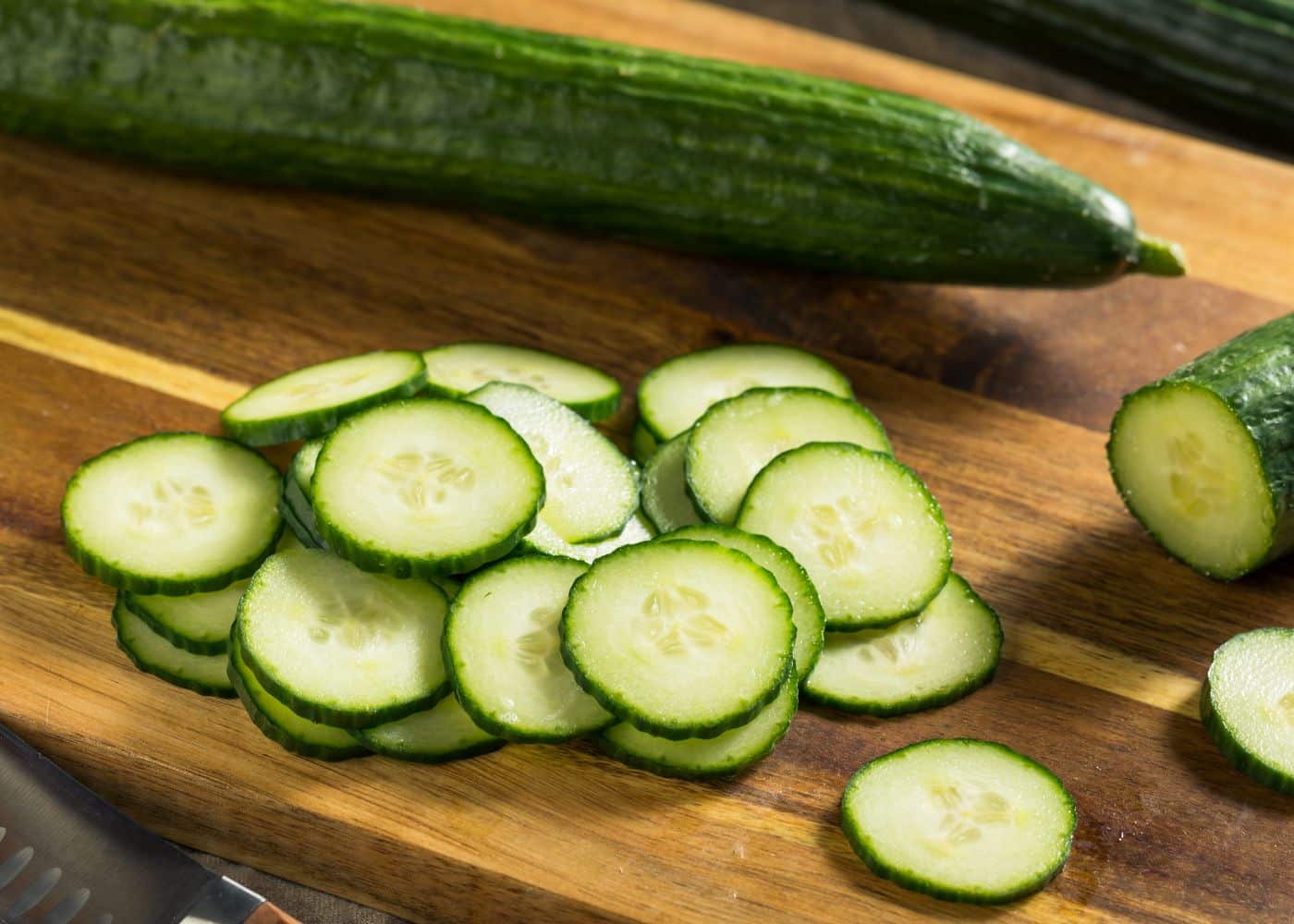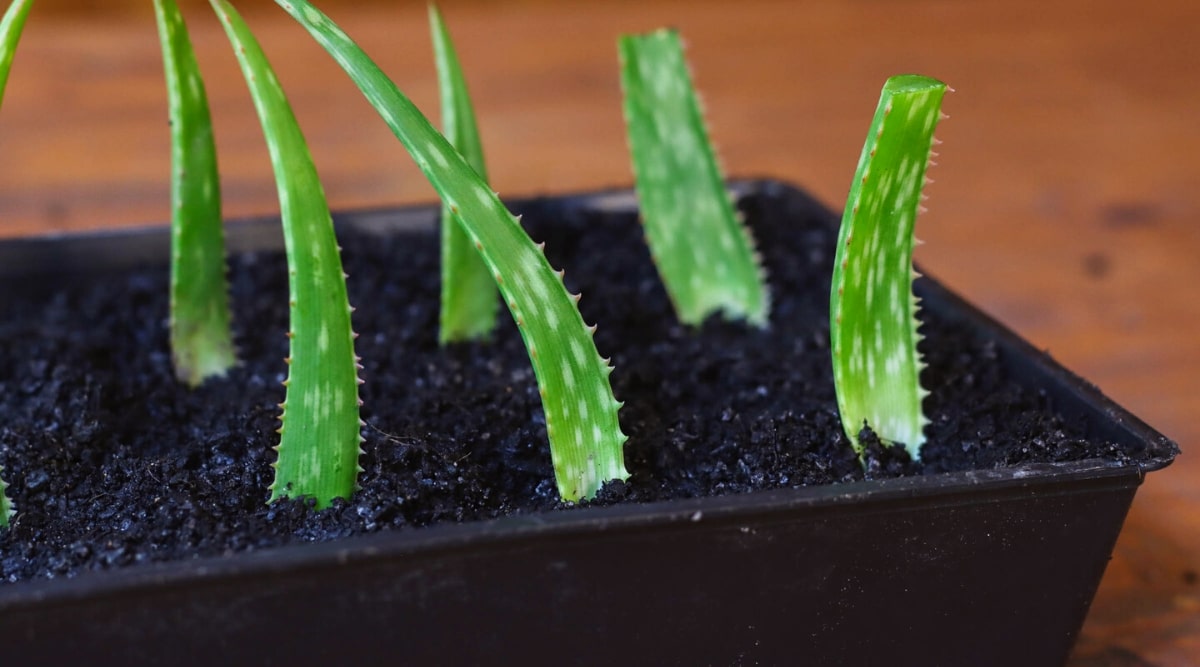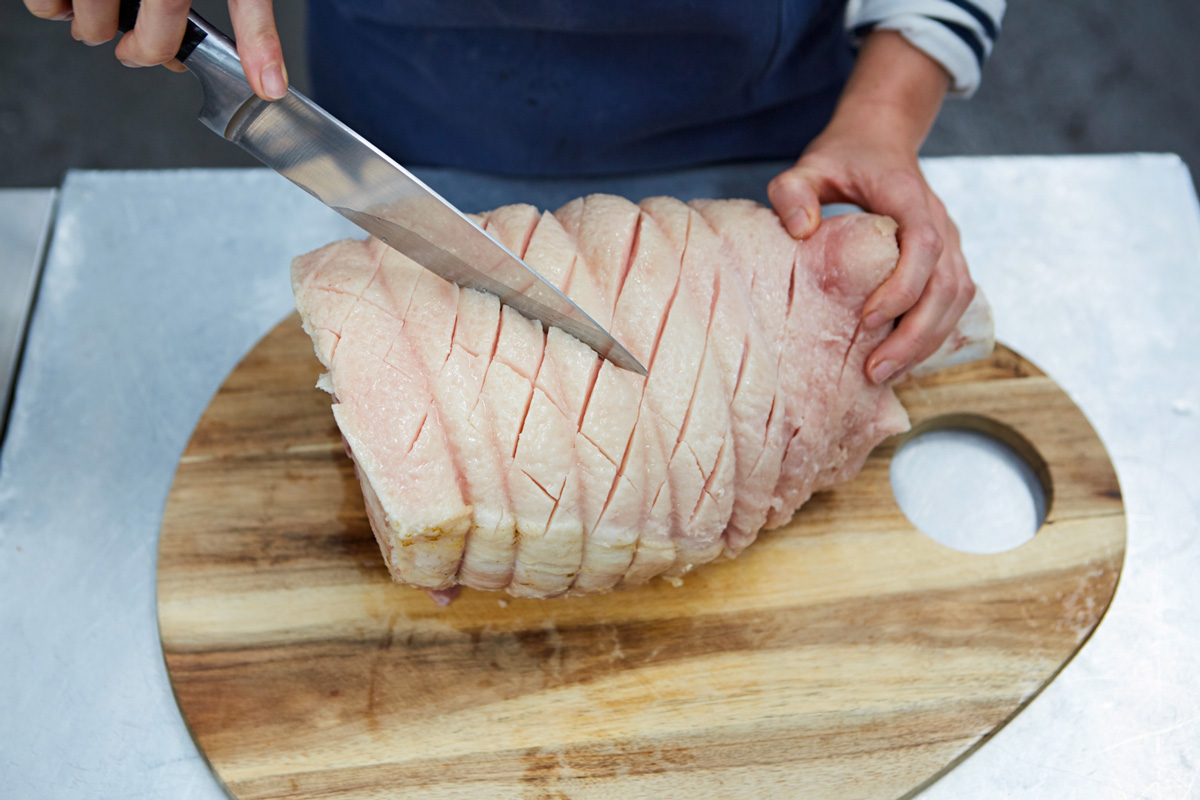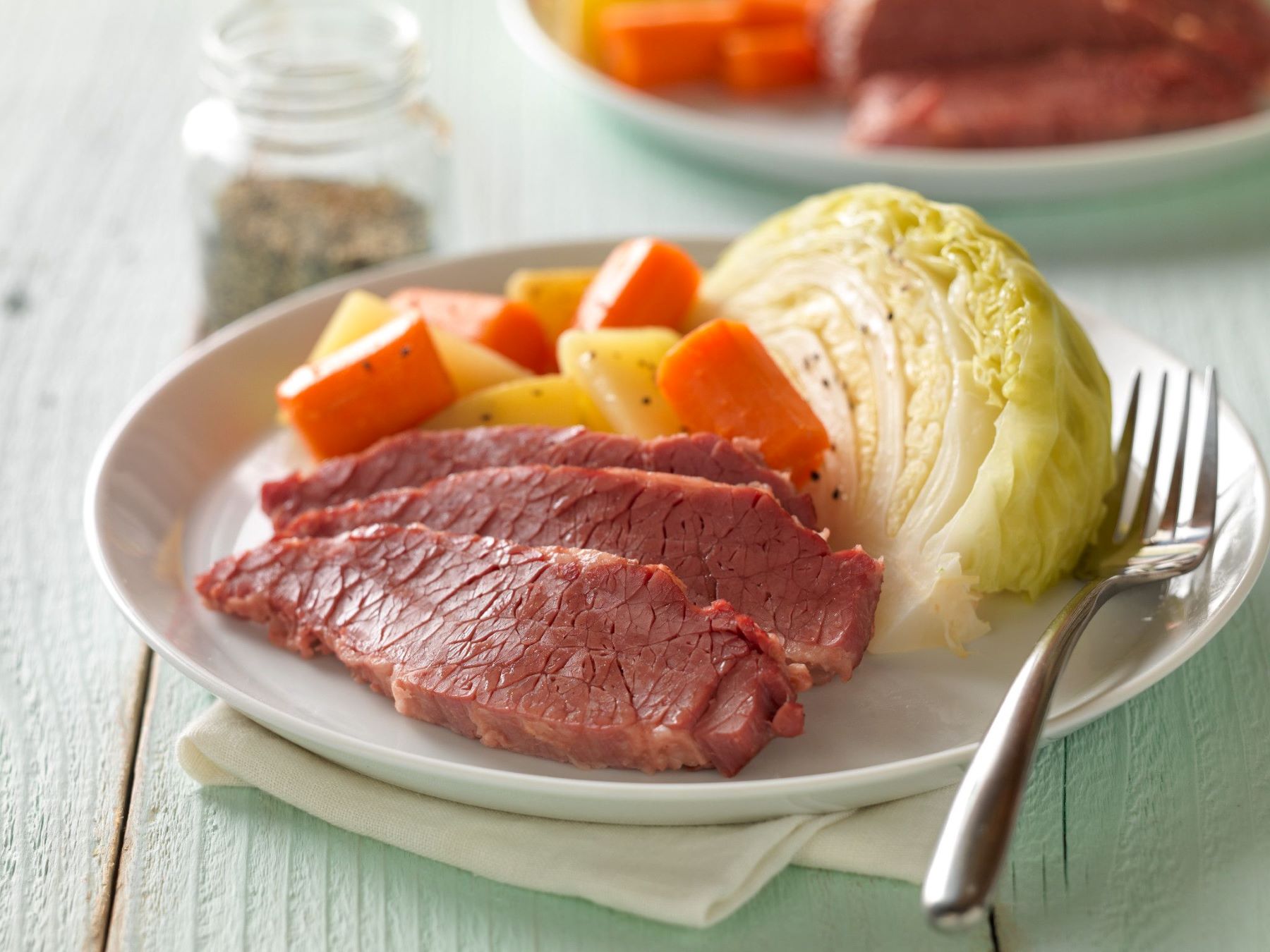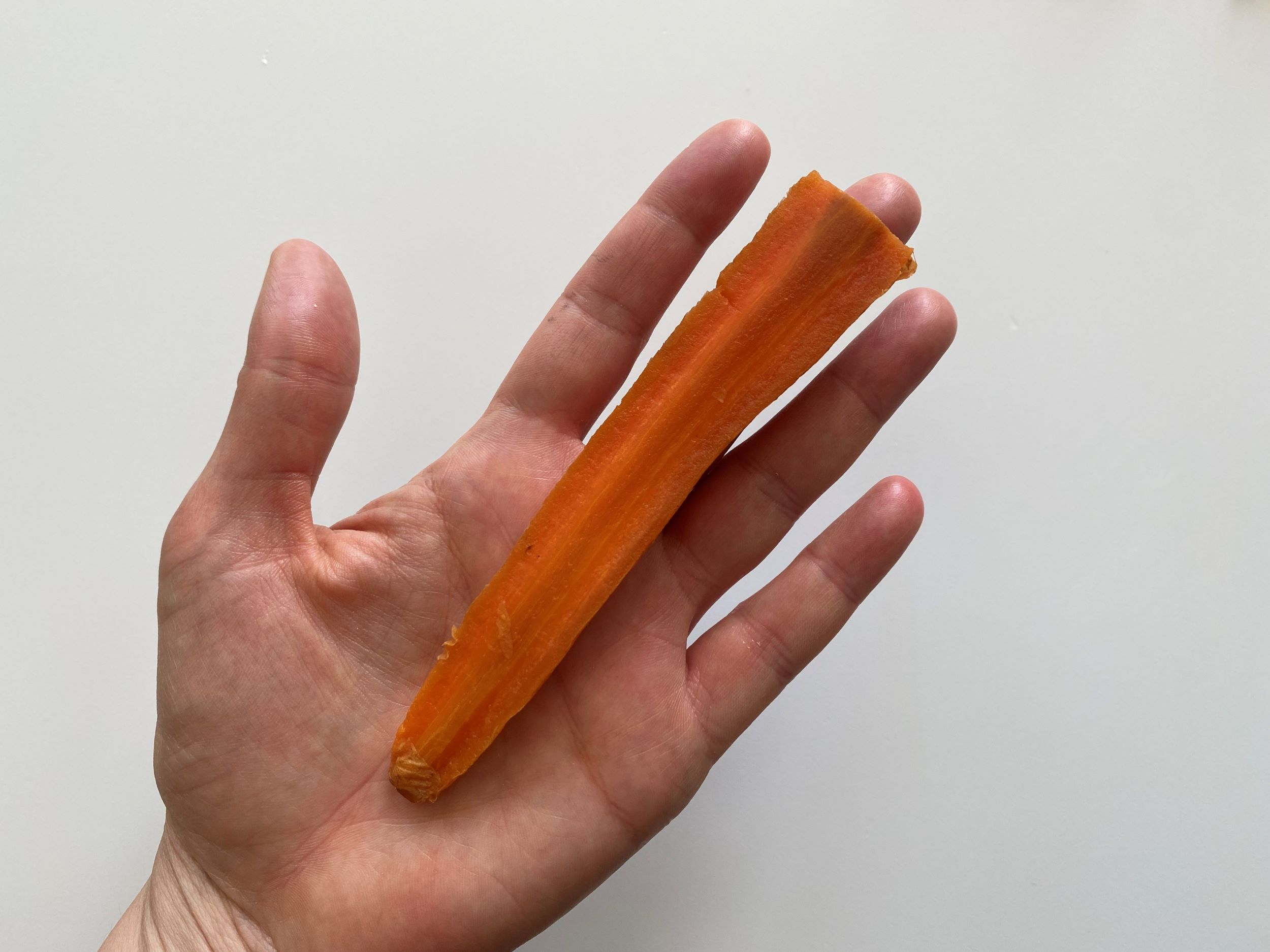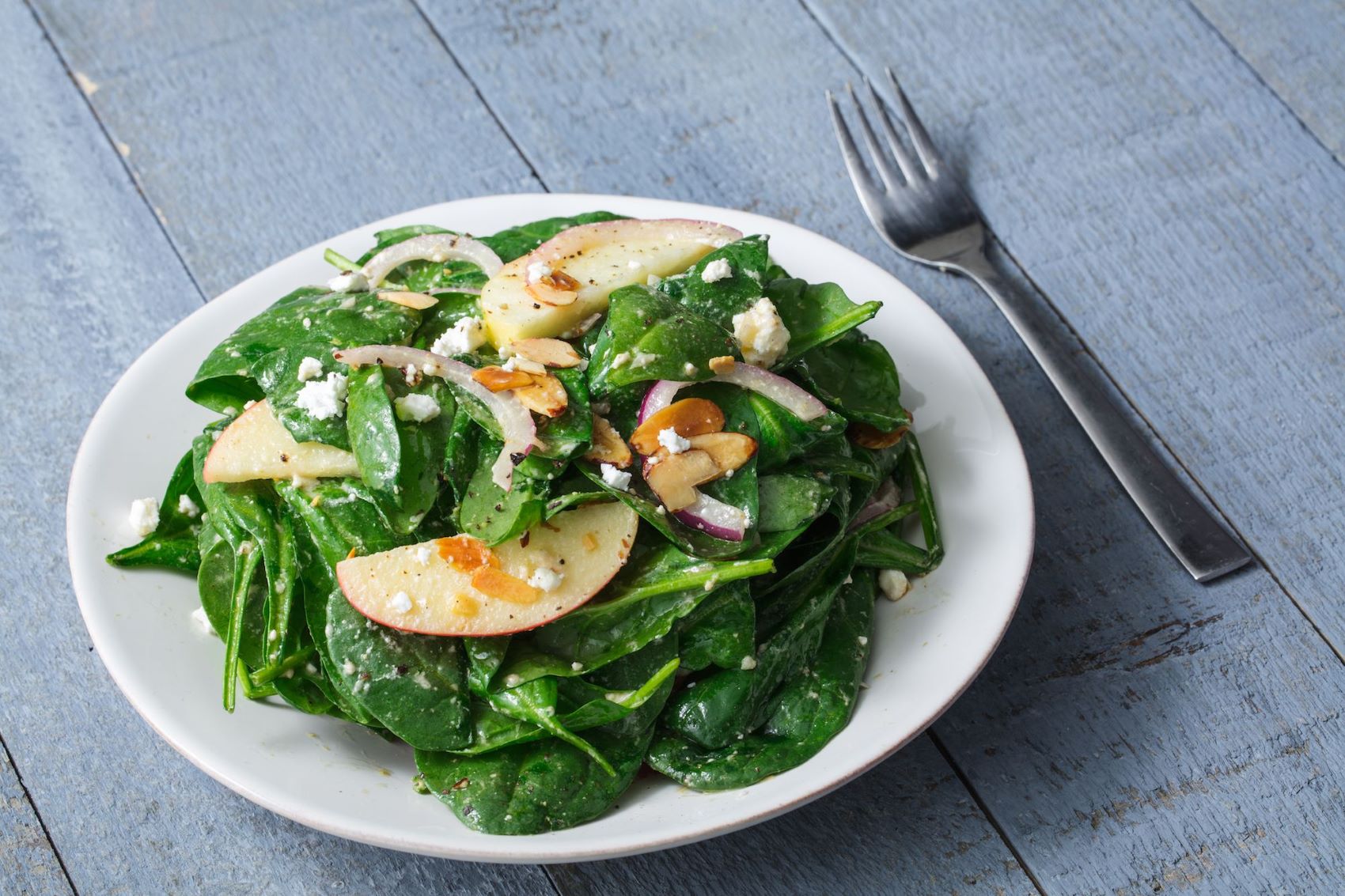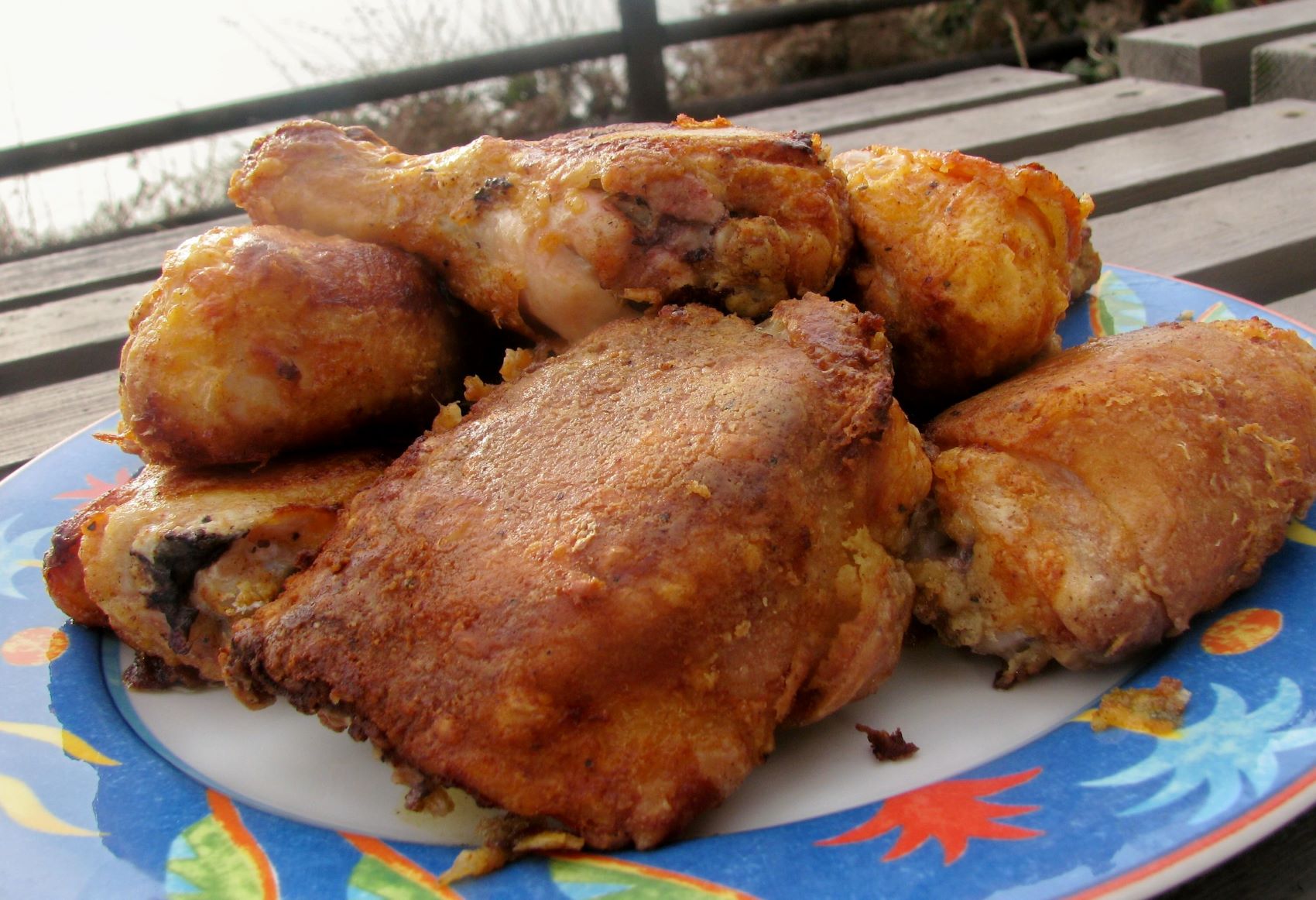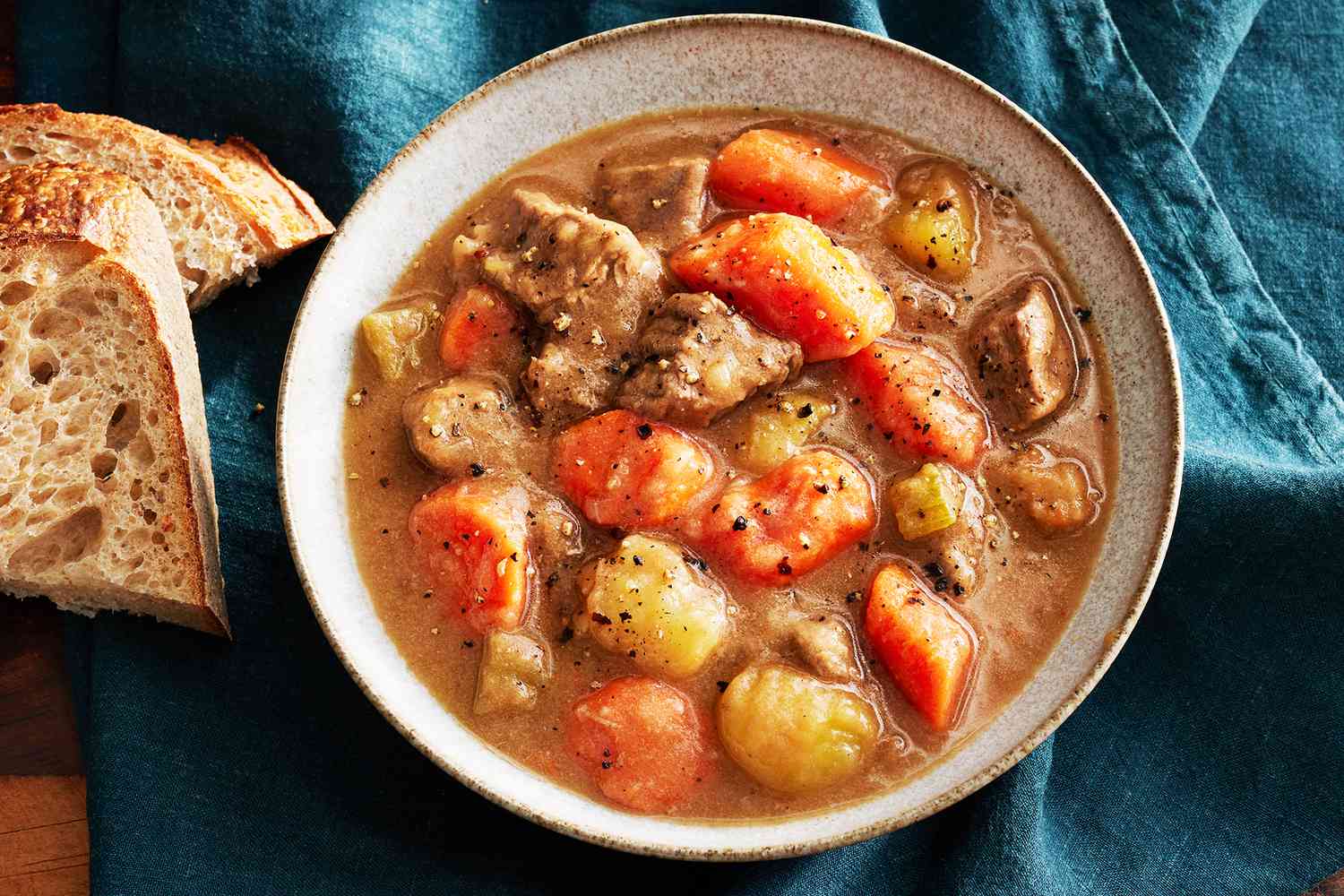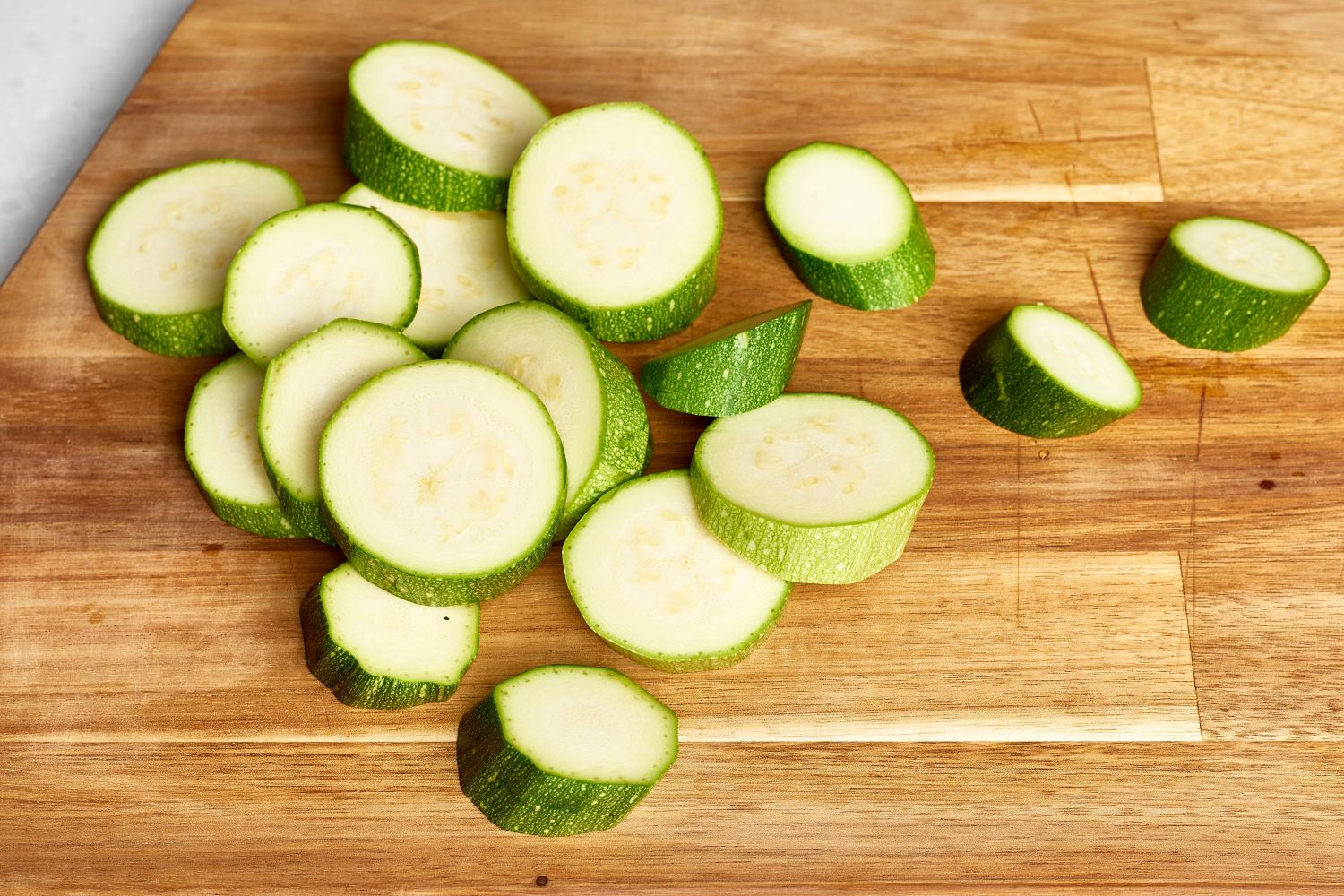How To Cut Corn Off Cob: A Step-By-Step Guide
Corn on the cob is a summer staple that brings back memories of backyard barbecues and family gatherings. There’s just something satisfying about biting into those juicy kernels straight from the cob. However, there may be times when you want to enjoy the delicious taste of corn without the cob. Maybe you’re making a salad or a creamy corn chowder. Whatever the reason, learning how to cut corn off the cob can be a game-changer in the kitchen.
Here’s a step-by-step guide to help you master this technique:
1. Choose Fresh Corn
When it comes to cutting corn off the cob, selecting the right corn is crucial. Look for fresh ears of corn that have bright green husks and plump kernels. Avoid any cobs with brown or dry-looking husks, as this indicates that the corn may be past its prime.
2. Husk the Corn
Start by removing the outermost layers of husk from the corn. Peel back the husk and pull it downwards, exposing the kernels. You can either remove all of the husk or leave a few layers on for easier handling.
3. Secure the Cob
Place the corn cob on a cutting board. To prevent it from moving around while you’re cutting, you can either hold it firmly with one hand or place a damp dishcloth underneath to provide stability.
4. Decide on the Corn Cut
There are a few ways to cut the corn off the cob, depending on what you plan to use it for. Here are three common methods:
- Horizontal slicing: Hold the cob horizontally and run a sharp knife down the length of the cob, slicing off the kernels. This method works well if you want whole kernels.
- Vertical slicing: Hold the cob vertically and slice downward, cutting off one section of kernels at a time. This method is great for creamed corn or corn salsa, as it creates a slightly mushier texture.
- Bundt pan method: Place the bottom of the cob inside the hole of a bundt pan and carefully slice off the kernels. This method catches the kernels in the pan, minimizing mess.
5. Remove Excess Corn Silk
After cutting the kernels off, you may notice some strands of corn silk clinging to them. Use your hands or a clean kitchen towel to gently remove any remaining silk, ensuring you get a clean and enjoyable corn experience.
6. Rinse and Use
Once you’ve cut the corn off the cob, give the kernels a quick rinse under cold water to remove any residue. You’re now ready to use the fresh corn in your favorite recipes.
7. Store the Corn
If you have leftover corn, store it in an airtight container in the refrigerator for up to three days. Alternatively, you can freeze the corn for later use by placing the kernels in a freezer-safe bag.
Cutting corn off the cob is a handy culinary skill that opens up a world of possibilities in the kitchen. Whether you’re adding it to salads, soups, or stir-fries, knowing how to cut corn off the cob will elevate your dishes to the next level. So, grab some fresh corn cobs and give this technique a try!
Was this page helpful?
Read Next: How To Cut Celery Fancy
